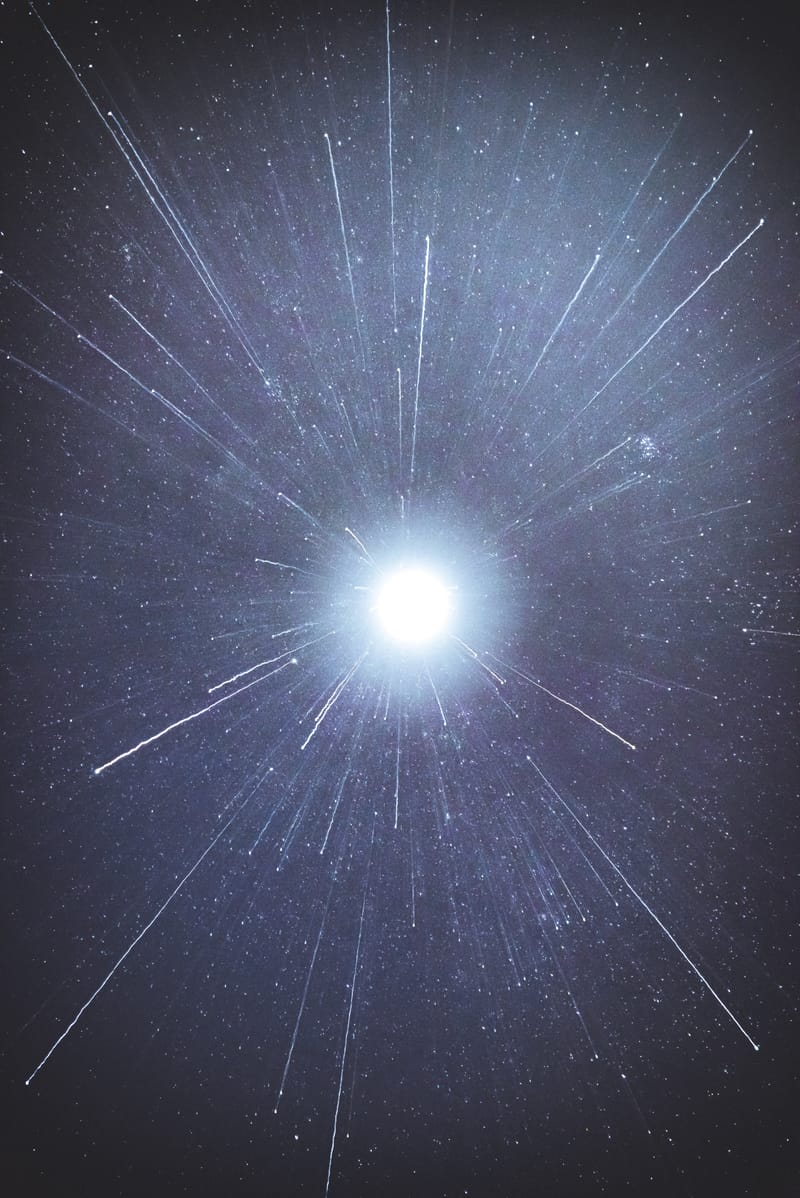NASA Engineers Explore the Boundaries of Physics in Light Focusing

December 05, 2023
Precision-orbiting small satellites are poised to capture unprecedented views of small-scale features near the Sun's surface, crucial for understanding solar wind heating and acceleration. NASA's Goddard Space Flight Center's heliophysicist, Dr. Doug Rabin, highlights the innovative use of photon sieves, capable of focusing extreme ultraviolet light, revealing features 10 to 50 times smaller than current observations from the Solar Dynamics Observatory.
Goddard engineer Kevin Denis has advanced the technology by creating wider and thinner membranes from silicon and niobium wafers, addressing the challenge of precision construction. With each improvement, steps are taken to safeguard the sieves, including incorporating a honeycomb of thicker material to prevent tearing. Dr. Rabin emphasizes the physical intricacy of constructing sieves with micron-scale features, likening them to the size of bacteria.
Sieves are crafted with concentric rings of increasingly smaller holes etched from the center, resembling the design of Fresnel lenses found in lighthouses. This configuration allows the sieves to refract light effectively. As extreme ultraviolet light traverses through the sieve, it undergoes a gradual inward bending, eventually reaching a distant camera. The significance of employing thin membranes in solar science lies in their ability to transmit more light compared to thicker materials.
SOURCE: https://www.nasa.gov/technology/goddard-engineers-focus-uv-light/
CREDITS: NASA